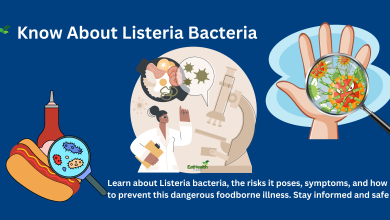How to Control Low Blood Sugar Level?
How to Control Low Blood Sugar Levels: Managing Hypoglycemia
Controlling low blood sugar levels, also known as hypoglycemia, is essential for individuals with diabetes or those at risk of low blood sugar due to other medical conditions or certain medications. If you experience symptoms of low blood sugar, follow these steps to help bring your blood sugar levels back to a healthy range:
1. Recognize the Symptoms:
Common symptoms of low blood sugar include shakiness, sweating, rapid heartbeat, confusion, dizziness, irritability, and weakness. It’s important to be aware of these signs so you can take action promptly.
2. Check Your Blood Sugar:
If you suspect low blood sugar, check your blood glucose levels using a blood glucose meter if you have one. This will help confirm whether your blood sugar is low and guide your treatment.

3. Consume Quick-Acting Carbohydrates:
The quickest way to raise blood sugar levels is to consume fast-acting carbohydrates. Examples include:
– Glucose tablets or gels
– Fruit juices (non-diet)
– Regular soda (not diet)
– Honey or sugar
– Hard candies
– Raisins or dried fruit
– Crackers or bread
4. Eat a Snack or Meal:
After consuming the quick-acting carbohydrates, follow up with a snack or meal that contains complex carbohydrates, protein, and healthy fats to help stabilize your blood sugar levels.
5. Avoid Overeating:
Be cautious not to over-treat low blood sugar, as this can lead to a subsequent spike in blood sugar levels, which is not ideal for your health. Follow the recommended guidelines for treating low blood sugar provided by your healthcare team.
6. Rest and Monitor:
Rest for a while to allow your body to stabilize, and continue to monitor your blood sugar levels to ensure they remain in a safe range.
7. Inform Others:
If you are unable to treat the low blood sugar yourself or if you become unconscious, make sure those around you are aware of your condition and know how to administer glucagon or call for emergency medical assistance.
8. Prevention is Key:
To avoid frequent episodes of low blood sugar, try to maintain a consistent schedule of meals and snacks, and regularly monitor your blood sugar levels. Work with your healthcare team to adjust your diabetes management plan if necessary.
9. Medical Alert Bracelet:
Consider wearing a medical alert bracelet that identifies you as having diabetes or a risk of low blood sugar. This can be crucial in emergency situations when you may not be able to communicate your condition.
Always follow the guidance provided by your healthcare team regarding managing low blood sugar levels, as individual circumstances may vary. If you experience frequent episodes of low blood sugar, talk to your doctor or diabetes educator to adjust your treatment plan appropriately.




